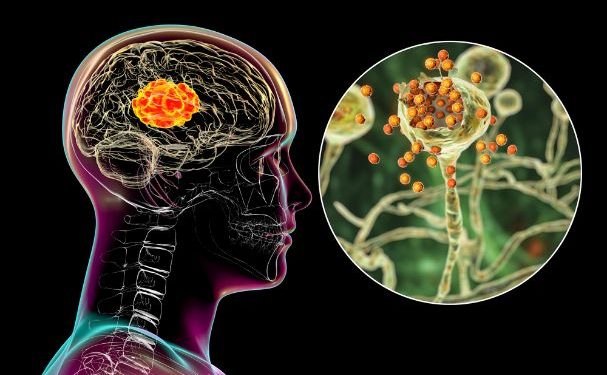Glioblastoma (GBM) is a brain tumor that occurs when abnormal cells in the brain grow and divide rapidly. They usually form in the glial cells of the brain, which are responsible for supporting and nourishing nerve cells. These tumors are found most often in the cerebellum and brain stem, but they can also be found in other parts of the brain and spinal cord. Glioblastoma can be found in people of any age, but they are most common in adults 60 years or older. Glioblastomas are considered high grade brain cancer, which means they are more aggressive than other types of brain tumors.
Doctors don’t usually group glioblastomas into specific stages, but they do give them a grade, which is based on how the tumor looks under a microscope and how likely it is to grow and reproduce. The grade of a glioblastoma is also based on how quickly the cells grow and how they change over time. Grade 4 tumors are more likely to grow and spread, so they are harder to treat than lower grades.
While there is no cure for glioblastoma, the latest treatment advances are extending survival times. However, this is still a devastating disease that affects the quality of life for many patients and their families. It is important to seek the support of a care team and take advantage of all available resources.
Most doctors start treatment with surgery to remove the tumor. The surgeon, also known as a neurosurgeon, works to remove as much of the tumor as possible. Because of how fast the tumor grows and its tendency to infiltrate surrounding brain tissue, it may not be possible to completely remove all of the glioblastoma. After surgery, most people will have radiation and chemotherapy to control the growth of any remaining cancer cells. The type of chemotherapy used will depend on the location of the tumor and the patient’s overall health, but temozolomide (Temodar) is commonly prescribed.

Radiation and chemotherapy can also help ease symptoms of a glioblastoma, including pain and nausea. They can also decrease the size of a tumor. During radiation, the medical team uses a method called intensity modulated radiation therapy (IMRT) to target cancer cells while minimizing damage to nearby healthy tissue. This is usually done in combination with oral chemotherapy.
After the treatments are over, regular follow-up is important. This will include MRIs to check for any new or recurring glioblastoma and positron emission tomography (PET) scans if needed. If a glioblastoma comes back, the doctor will treat it with a different combination of surgery, radiation and chemotherapy. Palliative care is also important, which includes treating the symptoms of a glioblastoma and helping patients and their family members cope with the emotional and physical effects of the disease.
Because glioblastoma is one of the most aggressive tumors, only about 5 percent of people survive longer than five years. However, researchers and nonprofit organizations like the Glioblastoma Foundation are working hard to improve this survival rate.









